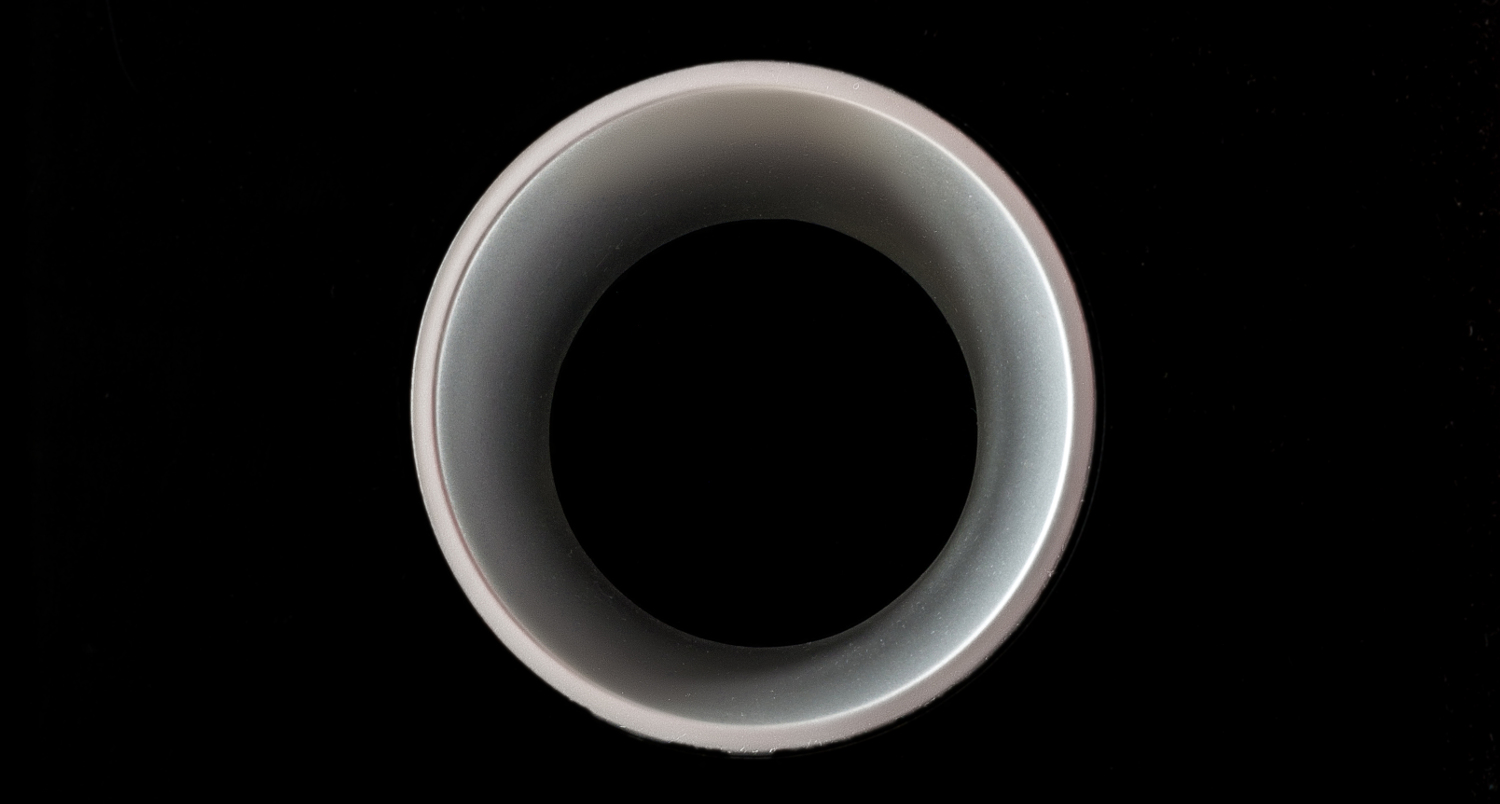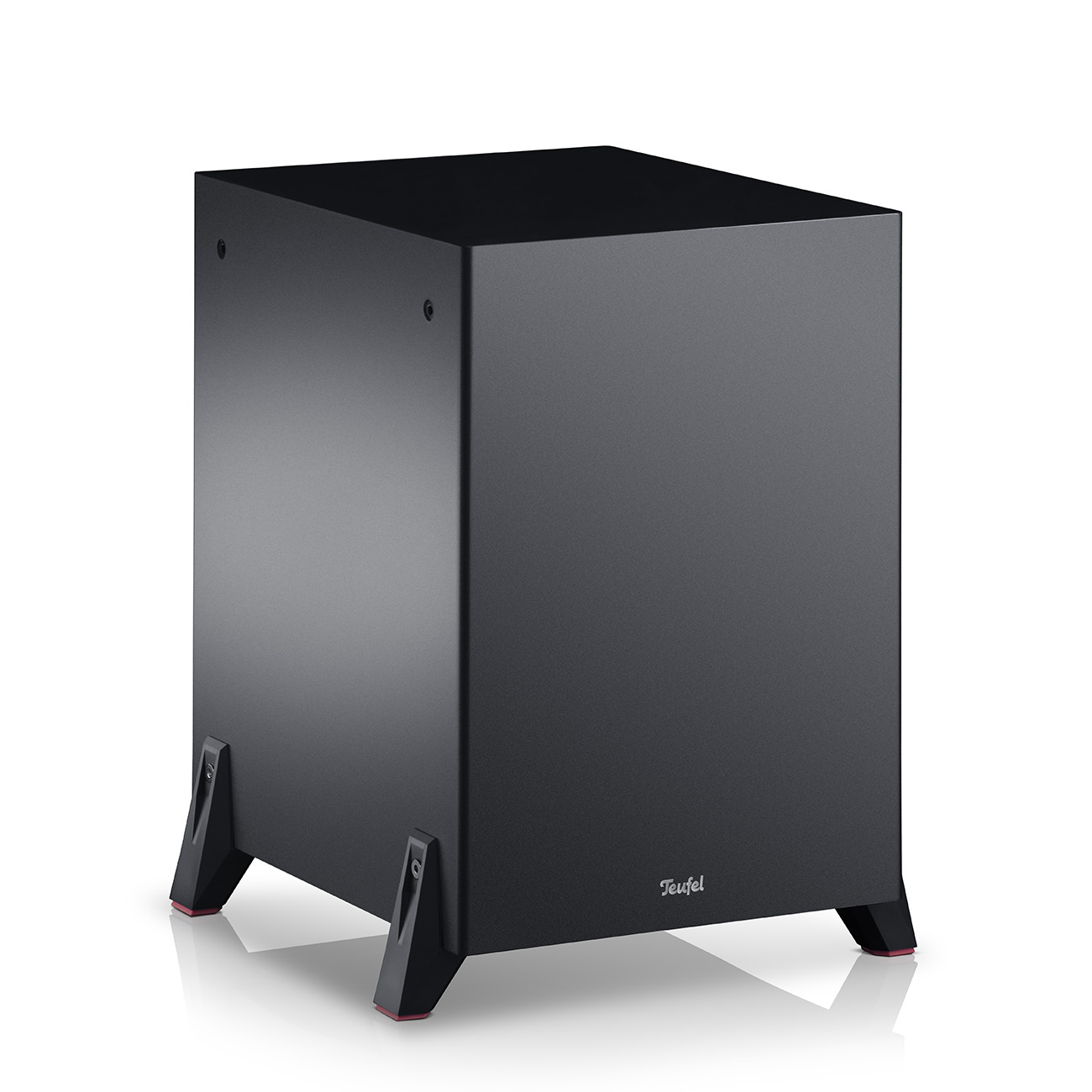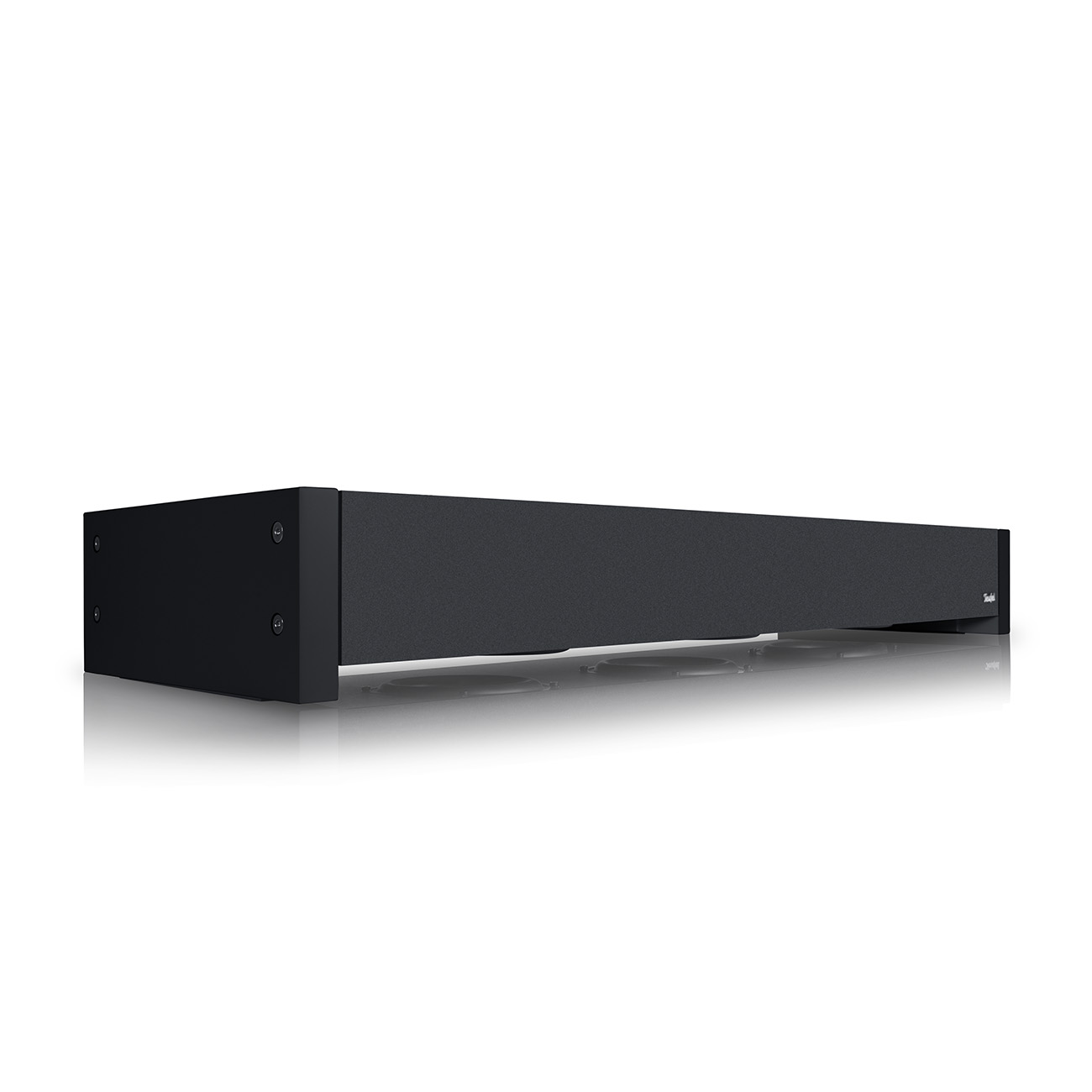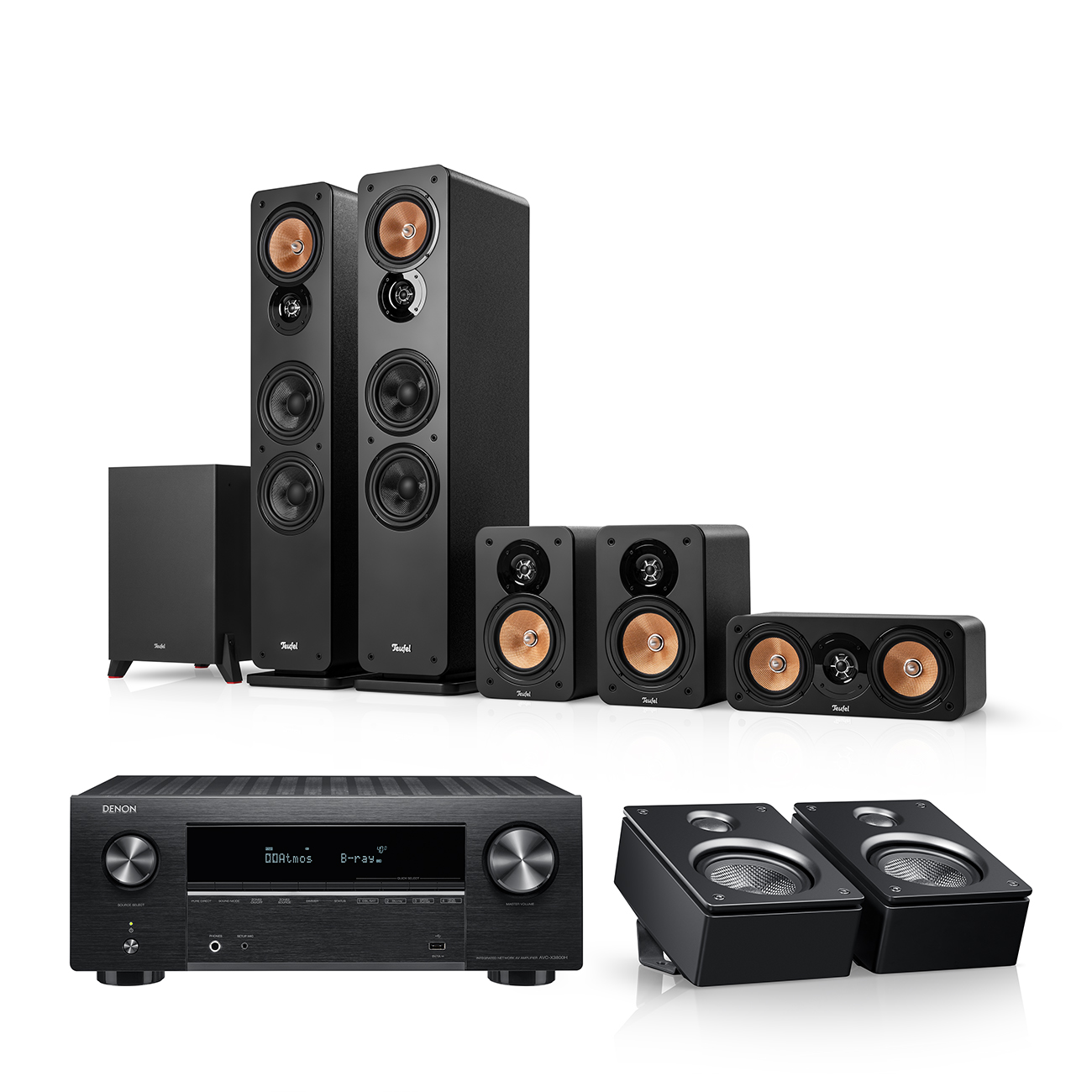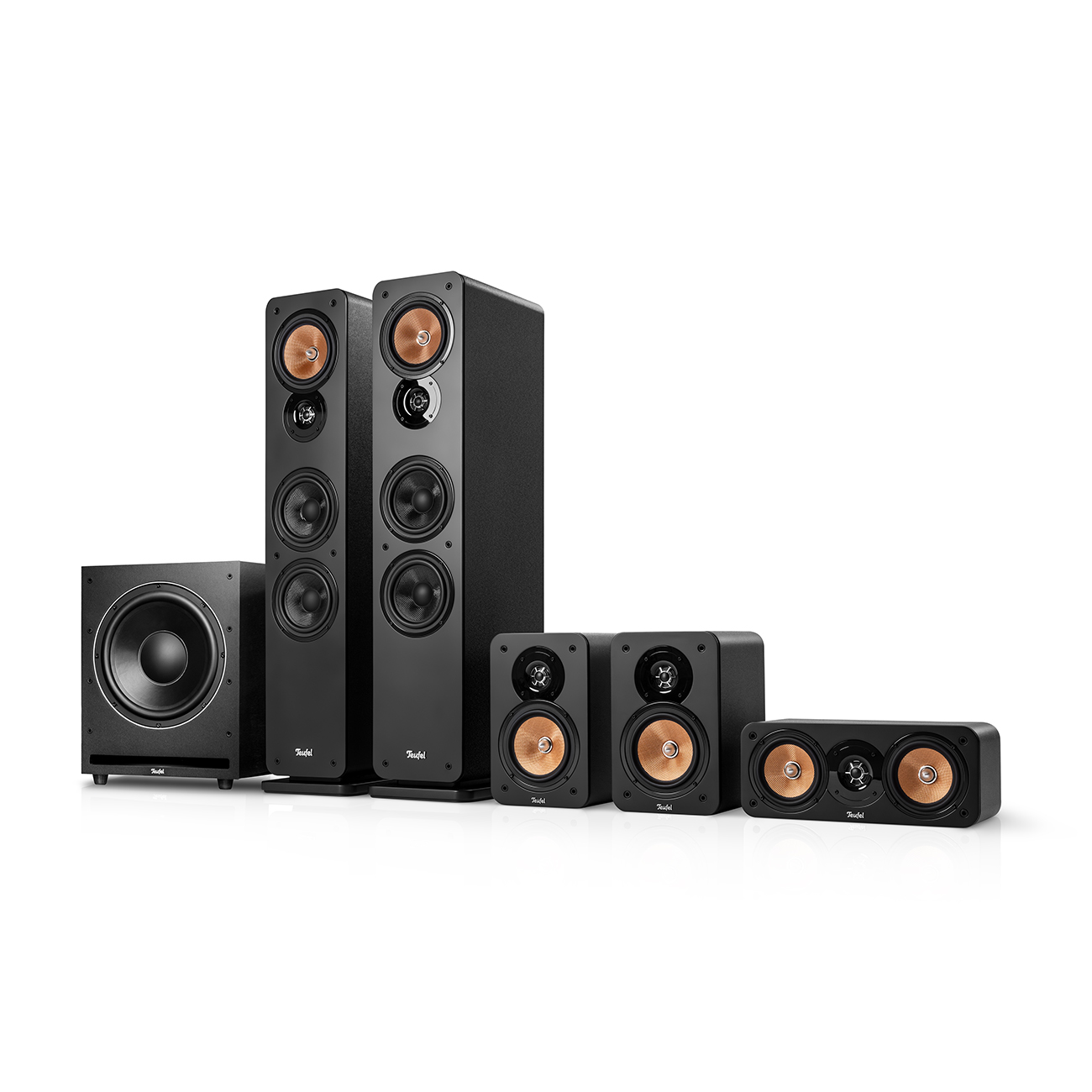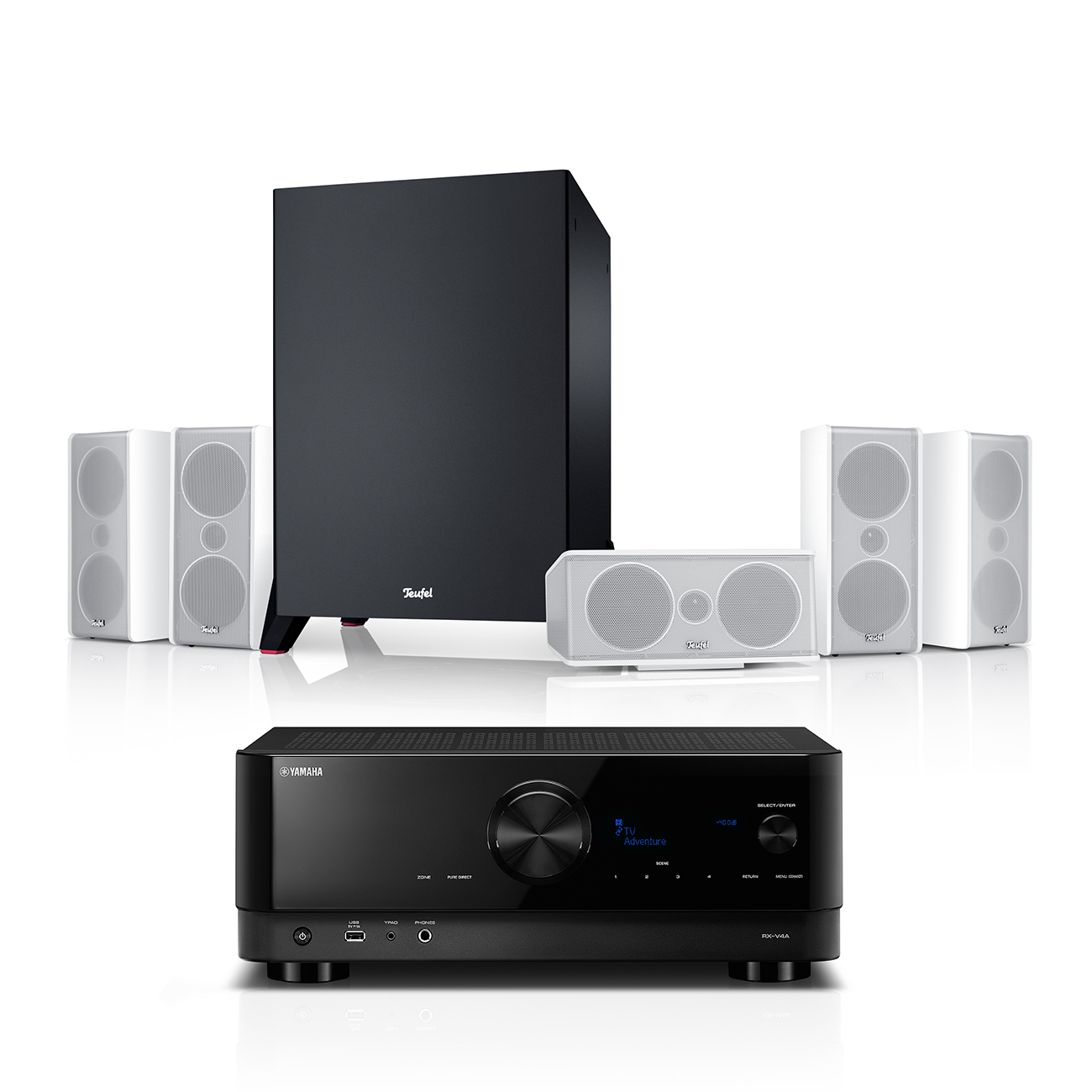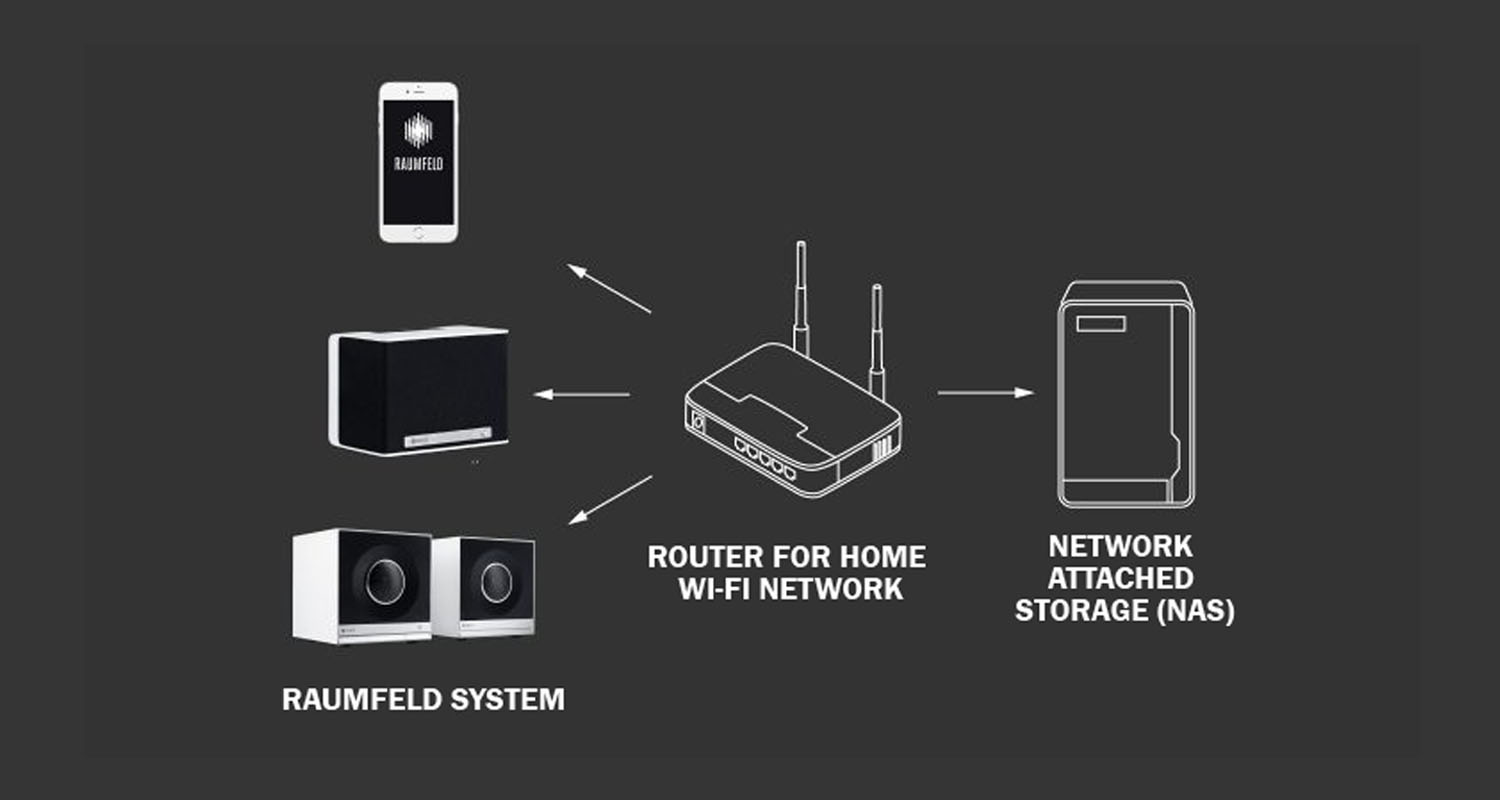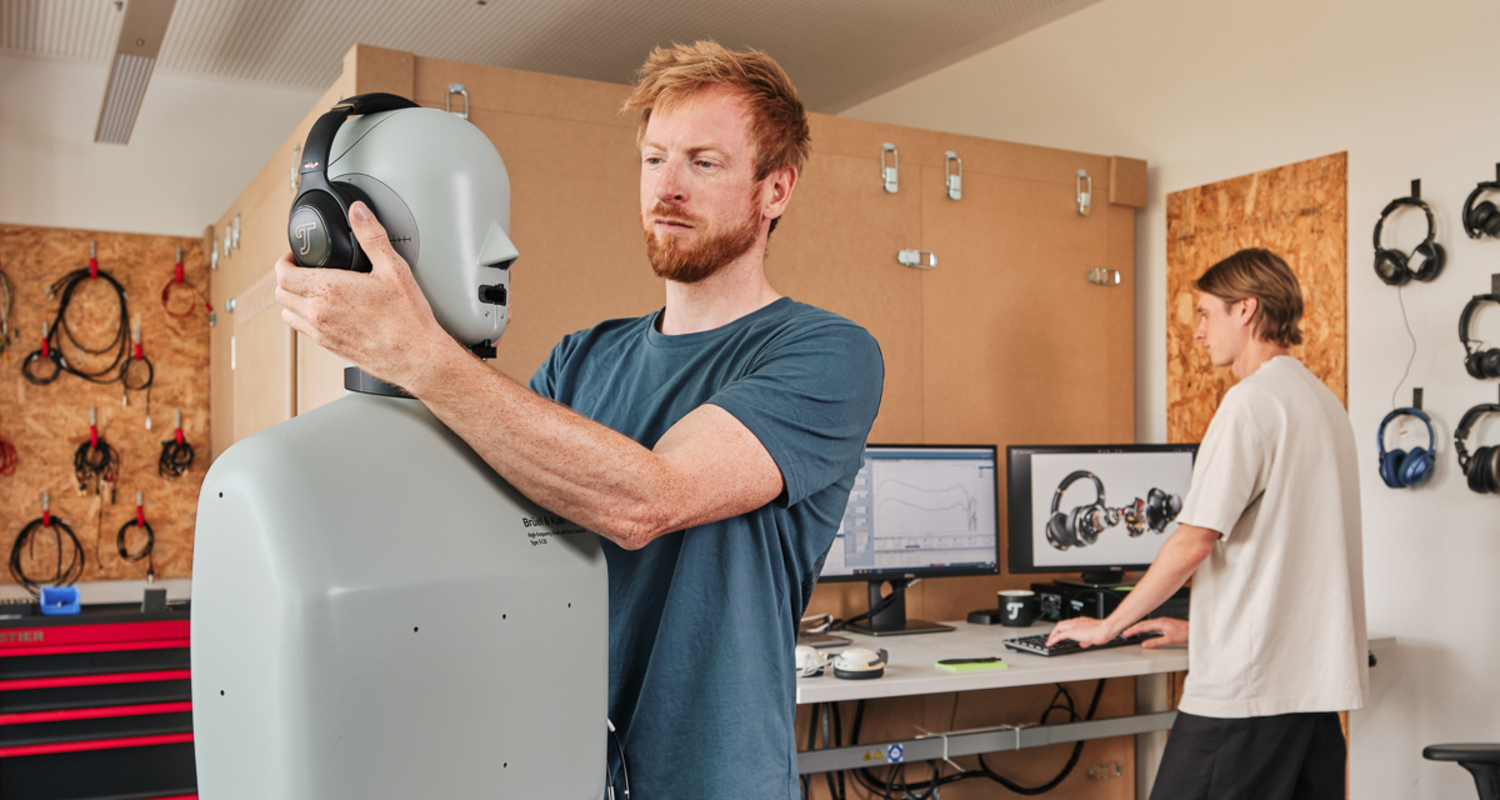Have you ever wondered why some speakers have openings on the front, back or underside? These are usually the inputs for bass reflex tubes. They serve a simple and worthy purpose: provide more bass! Let us explain exactly how they work.
Bass reflex tubes give your sound freedom of movement
Transducers in the speaker cabinet are usually installed in such a way that they transmit the sound forward. The air is pushed by the vibrating speaker cone and spreads out into the room. But this is only one side of the story. Sound waves are also generated within the speaker chassis (housing). The diaphragm, driven by a moving coil, is constantly moving forward and backward, i.e. in two directions – and therefore also causing the air around it to move.
This sound, which is effectively radiated backwards into the speaker, remains locked in a closed cabinet and is therefore lost. In simple terms, the purpose of the bass reflex tube is to also use this sound for the overall sound output. Of course, so that the desired sound is achieve, precise work is required – don’t even think about sawing a hole in a closed loudspeaker cabinet!
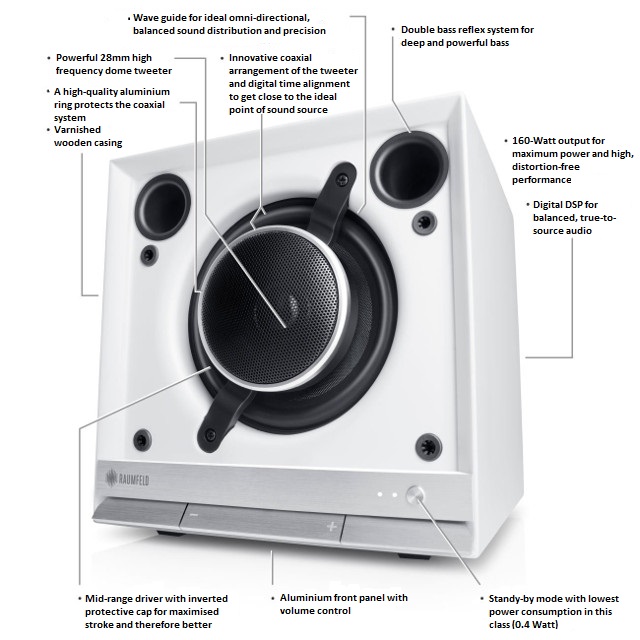
The term bass reflex tube already indicates the frequency range for which the device is intended. This type of amplifier is particularly useful for bass, because normally a lot of energy is needed to produce low-frequency sound waves. The tube makes it possible to reproduce strong bass even from small speakers. But how exactly are frequency ranges directed through the bass reflex tube?
The process in detail
From a physical point of view, a bass reflex speaker is an oscillating system – comparable, for example, to a vibrating spring with a weight attached to it. In the case of a bass reflex loudspeaker, the total volume inside the main cabinet is the spring and the volume inside the tube is the moving component.
Each oscillating system has a resonance frequency (tuning frequency), which depends on the length and diameter of the tube. This refers to the frequency of the energy impulse at which the system oscillates with maximum deflection. The example of a pendulum illustrates this well. This oscillates best when the energy impulses are supplied at a certain frequency.
Teufel subwoofer with bass reflex technology
In other words, the air in the bass reflex tube can be used as a second speaker cone for a certain frequency range. If the speaker cone deflects in the same direction, the bass reflex tube achieves a more intense bass (higher sound pressure). Ideally, the frequency limit of the bass reflex tube lies within a range that the closed cabinet loudspeaker can no longer cover. This therefore lowers the frequency limit.
Teufel bass from all channels
Perfect bass reflex speakers – with Teufel DPU technology we have further refined the resonator principle. Instead of round openings, we have inserted slots in the speaker cabinet. On the one hand, these allow for very precise tuning to the desired frequency range and, on the other hand, minimise air flow noise that can occur in tubes.
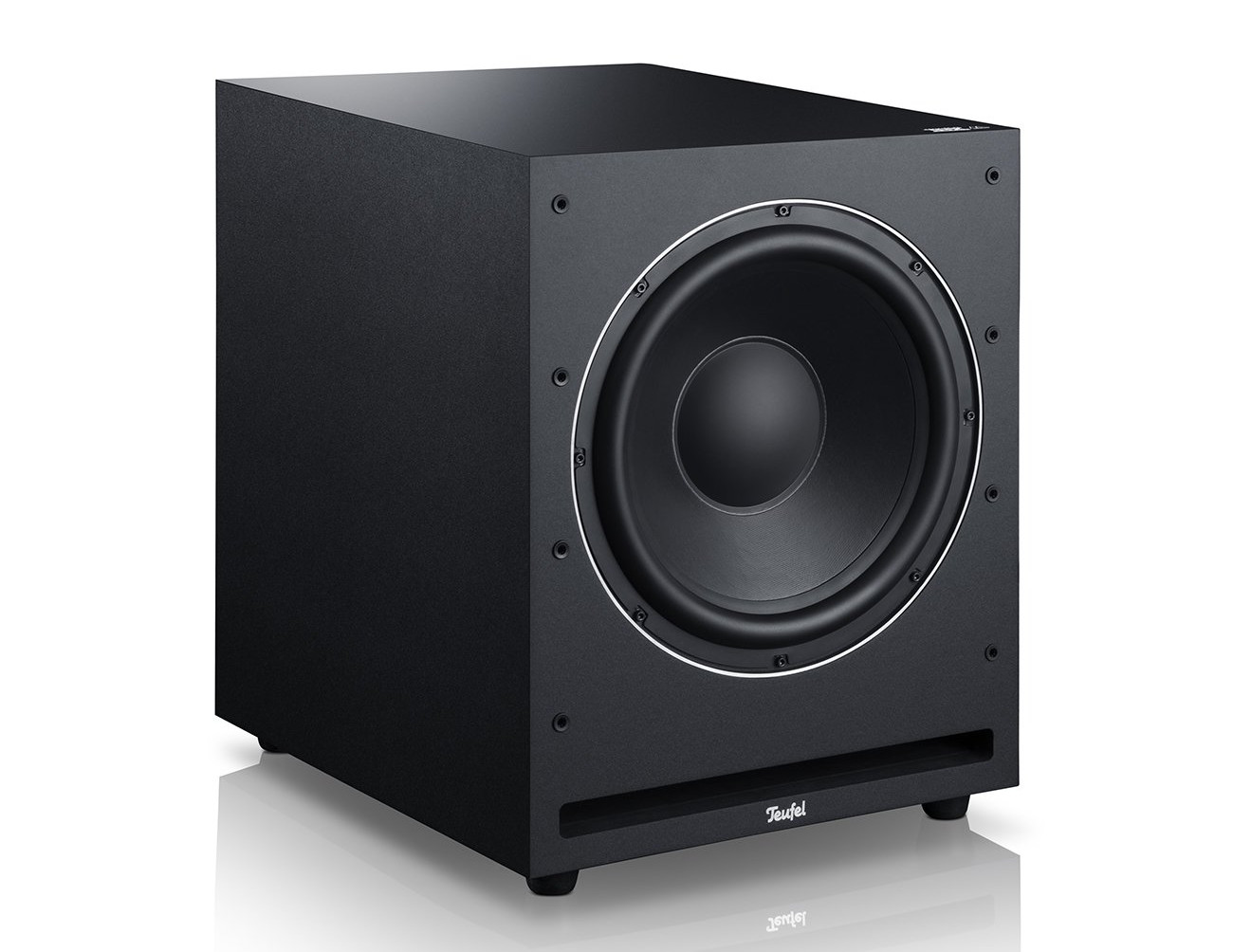 Opens in new tab
Opens in new tab▶ Theater 500 5.1-SetOpens in new tab: A system that can truly play anything: quiet, loud, high and low. The active S 6000 SW subwoofer takes charge of the bass, with an extra-large bass reflex channel and a lower frequency limit of 25 Hz. The subwoofer can also be controlled wirelessly, making it easy to place wherever you want in the room.
▶ T 8 SubwooferOpens in new tab: Experience goose-bump inducing bass with movies and rich, resonant sound with music thanks to this 100-Watt active subwoofer that can be used either front- or down-firing.
Teufel home cinema systems with innovative bass reflex technology
Conclusion: an effective bass amplifier
- A bass reflex tube is used to amplify sound waves with low frequencies.
- The rear radiated sound waves are used to amplify the bass.
- The volume of air in the speaker cabinet and in the openings form an oscillating system.
- The resonance frequency of a bass reflex speaker should extend the frequency limit.
